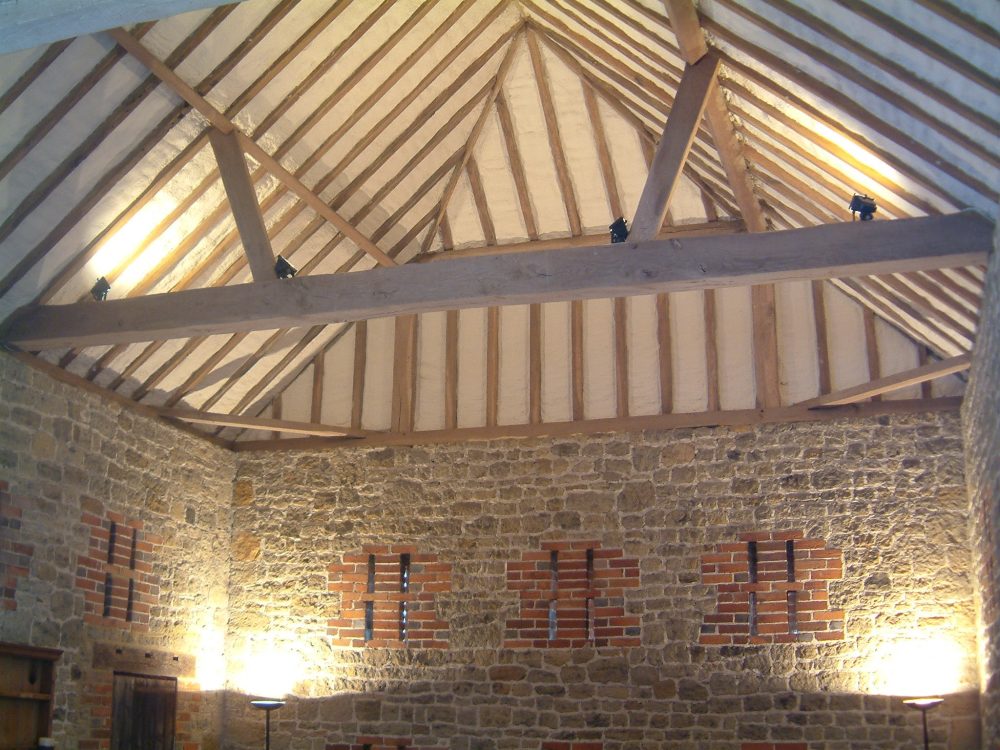
There is much uncertainty in the new build housing sector following the General Election. It is also unclear as to how or if the Conservative party can stick by their previously stated target of one million high quality sustainable homes by 2020.
It’s vital that the UK substantially increases its housing stock. However, 20% of the existing homes in England still do not meet the Decent Homes Standard, according to ‘Housing in England: overview’, a report produced by the Department for Communities and Local Government, in January 2017.
Shelter, the charity for homelessness, goes even further, saying in October 2016 that four in ten existing homes are not meeting the ‘Living Home Standard’, a measure devised by them to determine what makes an acceptable home.
 Many of these homes may be classed as hard-to-treat and cannot be insulated in the normal way. The walls are generally responsible for the largest area of heat loss. These properties may have irregular or narrow cavities which restricts the use of injected insulation methods, or have defective/corroded wall ties, or be unsuitable for external wall insulation due to planning restrictions.
Many of these homes may be classed as hard-to-treat and cannot be insulated in the normal way. The walls are generally responsible for the largest area of heat loss. These properties may have irregular or narrow cavities which restricts the use of injected insulation methods, or have defective/corroded wall ties, or be unsuitable for external wall insulation due to planning restrictions.
The use of injected polyurethane foam can provide the best solution for these properties. The polyurethane insulant is a two-component liquid system which produces a highly-efficient blanket of insulation with an exceptional thermal conductivity figure. Systems can be applied to various depths and have K-values in the range of 0.025 to 0.028W/mK.
For cavity wall insulation, injected polyurethane foam provides a superior performing insulant which also helps to bond the inner and outer leaves providing strength to the building. Air leakage through the cavity can be reduced to zero. Because of the greater thermal performance and the reduced air leakage polyurethane foam outperforms all other forms of cavity fill. Injected polyurethane cavity wall insulation can be used in flood-plain areas to provide an additional barrier against water ingress through the walls.
A closed cell sprayed polyurethane can also be used to insulate roofs to superior insulation standards – it has one of the highest insulation values commercially available. It also helps to achieve excellent structural stability for a building, adhering to the building substrate and setting quickly to form a rigid layer.
 The British Urethane Foam Contractors Association represents professional installers of sprayed and injected polyurethane foam systems. A BUFCA twenty-five year insurance warranty is available for cavity wall insulation projects.
The British Urethane Foam Contractors Association represents professional installers of sprayed and injected polyurethane foam systems. A BUFCA twenty-five year insurance warranty is available for cavity wall insulation projects.
When choosing a BUFCA registered installer, customers can be assured of the highest standards of quality and service. Installers are required to abide by the Association’s Code of Professional Practice which aims to further good technical and professional conduct and promotes sound relationships between members and their customers. A survey is carried out before installation to check that the building fabric is sound, with any necessary rectification works carried out.
